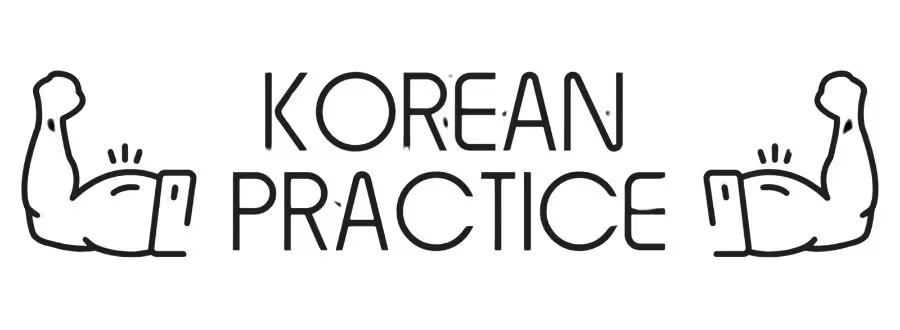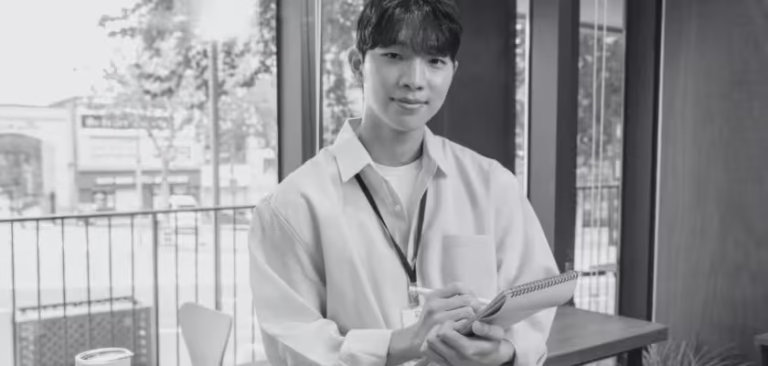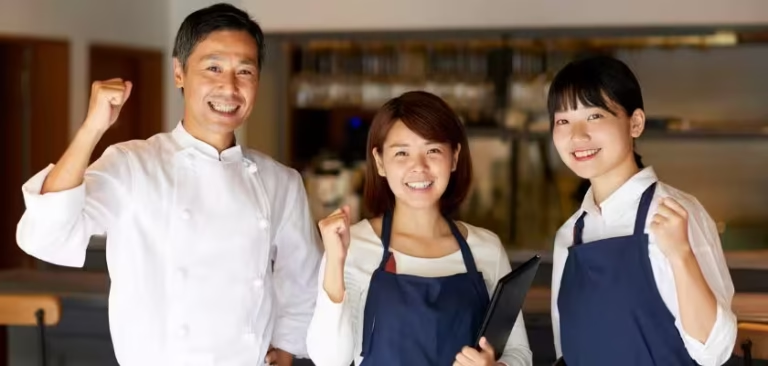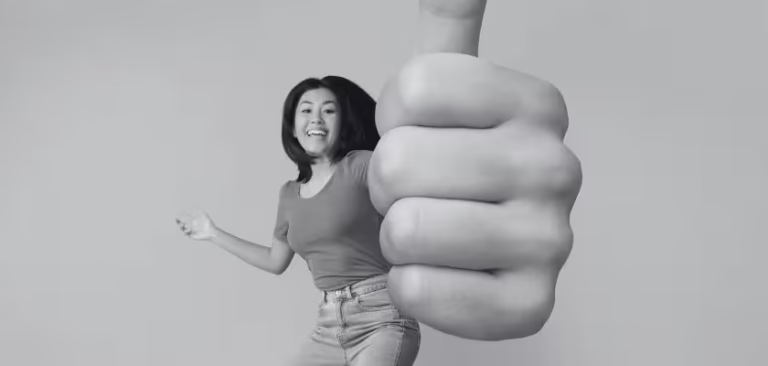Suh ChangWhoon
Written by 서 창훈, a certified Korean teacher with 14+ years of experience in Japan. He previously worked as a government officer, cybersecurity consultant, and English interpreter. Today, he teaches Korean in real classrooms without complex grammar explanations — instead, he trains students’ brains to speak naturally. His unique method is now the foundation of all his Korean courses.
Table of Contents
Korean phone conversations can feel overwhelming at first, but with the right preparation, you’ll handle them with ease. Struggling with Korean phone calls? Master these essential phrases and finally speak with confidence. Whether you’re calling a restaurant, office, or friend, these expressions will help you navigate Korean phone conversations smoothly.
🔹 Introduction
Korean phone conversations can be one of the most intimidating parts of learning Korean. You can’t rely on body language or facial expressions — just your voice. And in Korean, you also have to think about honorifics, tone, and using the right phrase at the right moment.
Many learners memorize vocabulary but freeze when the phone rings. Why? Because they never practiced how Korean phone conversations actually work.
This guide will fix that. We’ll walk through the most important greetings, polite questions, and respectful ways to say goodbye. Every phrase includes a simple breakdown so you understand what you’re saying, not just repeating sounds.
10 Must-Know Korean Phone Conversations Phrases (with Breakdown)
1. 안녕하세요
When beginning Korean phone conversations, the right greeting sets the tone:
an-nyeong-ha-se-yo “Hello” — a standard, polite greeting.
- 안녕 (peace)
- 하세요 (do — polite)
This versatile greeting works in almost all Korean phone conversations, whether business or personal. The formality level is appropriate for most situations you’ll encounter during Korean phone conversations with strangers or acquaintances.
2. 여보세요
yeo-bo-se-yo
“Hello” — only used when answering the phone.
3. 잘 지내셨어요?
jal ji-nae-shyeo-sseo-yo?
“How have you been?”
잘 (well)
지내셨어요 (have you been – polite past tense)
4. 좋은 하루 보내세요
jo-eun ha-ru bo-nae-se-yo
“Have a nice day.”
좋은 (good)
하루 (day)
보내세요 (please spend — polite)
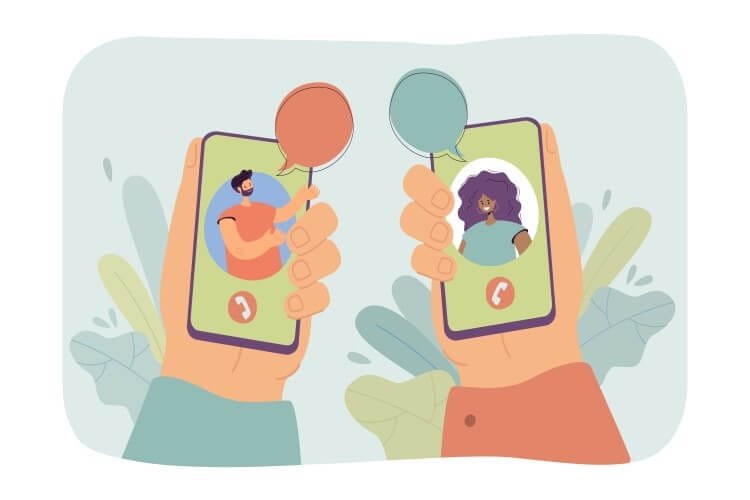
5. 감사합니다
gam-sa-ham-ni-da
“Thank you.”
감사 (gratitude)
합니다 (do — formal)
6. 미안합니다
mi-an-ham-ni-da
“I’m sorry.”
미안 (sorry)
합니다 (do — formal)
7. 괜찮아요
gwaen-cha-na-yo
“It’s okay” / “No problem.”
괜찮 (to be okay)
아요 (present polite ending)
8. 다시 한 번 말씀해 주세요
da-si han beon mal-sseum-hae ju-se-yo
“Could you repeat that, please?”
다시 (again)
한 번 (one more time)
말씀해 주세요 (please speak — honorific)
9. 어디세요?
eo-di-se-yo?
“Where are you?”
어디 (where)
세요 (polite question ending)
10. 뭐 하세요?
mwo ha-se-yo?
“What are you doing?”
뭐 (what)
하세요 (are doing — polite)
👨🏫 Want to learn Korean step by step — with full sentence breakdowns, context, and natural examples?
Our story-based Korean course teaches you real language the way it’s actually used — not just grammar charts or vocabulary lists.
3 Ways to Say Goodbye on the Phone
안녕히 계세요
Knowing how to end Korean phone conversations gracefully is just as important as starting them:
an-nyeong-hi gye-se-yo “Goodbye” — formal
- 안녕히 (peacefully)
- 계세요 (please stay — honorific) Use when you are leaving the call.
This farewell is perfect for formal Korean phone conversations and shows respect to the listener. Remember that Korean phone conversations follow specific cultural protocols, and using the right closing phrase demonstrates your cultural awareness.
With these foundational expressions, you’ll be well on your way to mastering Korean phone conversations and communicating with confidence in any situation.
잘 가
jal ga
“Bye” — casual
잘 (well)
가 (go)
Use with friends or close people.
다음에 뵙겠습니다
da-eum-e boep-ge-sseum-ni-da
“I’ll see you next time” — polite
다음에 (next time)
뵙겠습니다 (will meet you — very formal)
How to Ask “Who’s Calling?” (Politely)
누구세요?
nu-gu-se-yo?
“Who is this?” (polite)
누구 (who)
세요 (polite question ending)
전화하신 분은 누구시죠?
jeon-hwa-ha-sin bun-eun nu-gu-si-jyo?
“Who is the caller?” (very polite)
전화하신 분 (the person calling)
은 (topic marker)
누구시죠 (who + honorific + polite tone)
전화번호가 어디신가요?
jeon-hwa-beon-ho-ga eo-di-sin-ga-yo?
“Where is this number from?”
전화번호가 (phone number — subject)
어디신가요 (where is it — honorific)
How to Apologize for a Wrong Number
죄송합니다
joe-song-ham-ni-da
“I’m very sorry.”
죄송 (apology)
합니다 (do — formal)
실수로 잘못 걸었나봐요
sil-su-ro jal-mot geo-reoss-na-bwa-yo
“I think I dialed the wrong number.”
실수로 (by mistake)
잘못 걸었나봐요 (seems I misdialed)
저희가 잘못 건 전화였네요
jeo-hui-ga jal-mot geon jeon-hwa-yeot-ne-yo
“We made a wrong call.”
저희가 (we — humble form)
잘못 건 전화 (wrongly made call)
였네요 (was — past tense nuance)
📚 Like this explanation?
Our course helps you [connect vocabulary, grammar, and real-life usage] through stories, breakdowns, and interactive practice.
How to Ask Someone to Speak Slowly
천천히 말씀해 주세요
cheon-cheon-hi mal-sseum-hae ju-se-yo
“Please speak slowly.”
천천히 (slowly)
말씀해 주세요 (please speak — honorific)
Why You Might Still Struggle on the Phone (Even After Memorizing These)
Even if you’ve studied all these Korean phone conversations phrases, the real challenge comes when the phone rings:
You freeze.
You forget honorifics.
You panic if the other person talks too fast.
You don’t know how to continue the conversation after a greeting.
That’s because you need practice — not just knowledge.
🎓 Want to Speak Korean Naturally?
🚀 Our complete Korean course includes:
✅ Step-by-step grammar breakdowns
✅ Practice-first learning system
✅ Story-based lesson format
✅ Listening, reading, and speaking drills
✅ Quizzes and review homework
🎓 Ready to make Korean simple — and fun?
Conclusion: Mastering Korean Phone Conversations
Korean phone conversations don’t have to be scary. Start by learning key greetings. Practice polite ways to ask and respond. And most importantly, train with real examples.
Because language isn’t just about words — it’s about using them at the right time. To gain confidence in Korean phone conversations, repeated practice with real scenarios is key.
Sign up for my newsletter and get
📖 Korean short stories
🎧 Listening practice with audio
❓ Vocabulary and grammar quizzes
🎁 Free courses
📝 Blog updates
– all delivered straight to your inbox!

